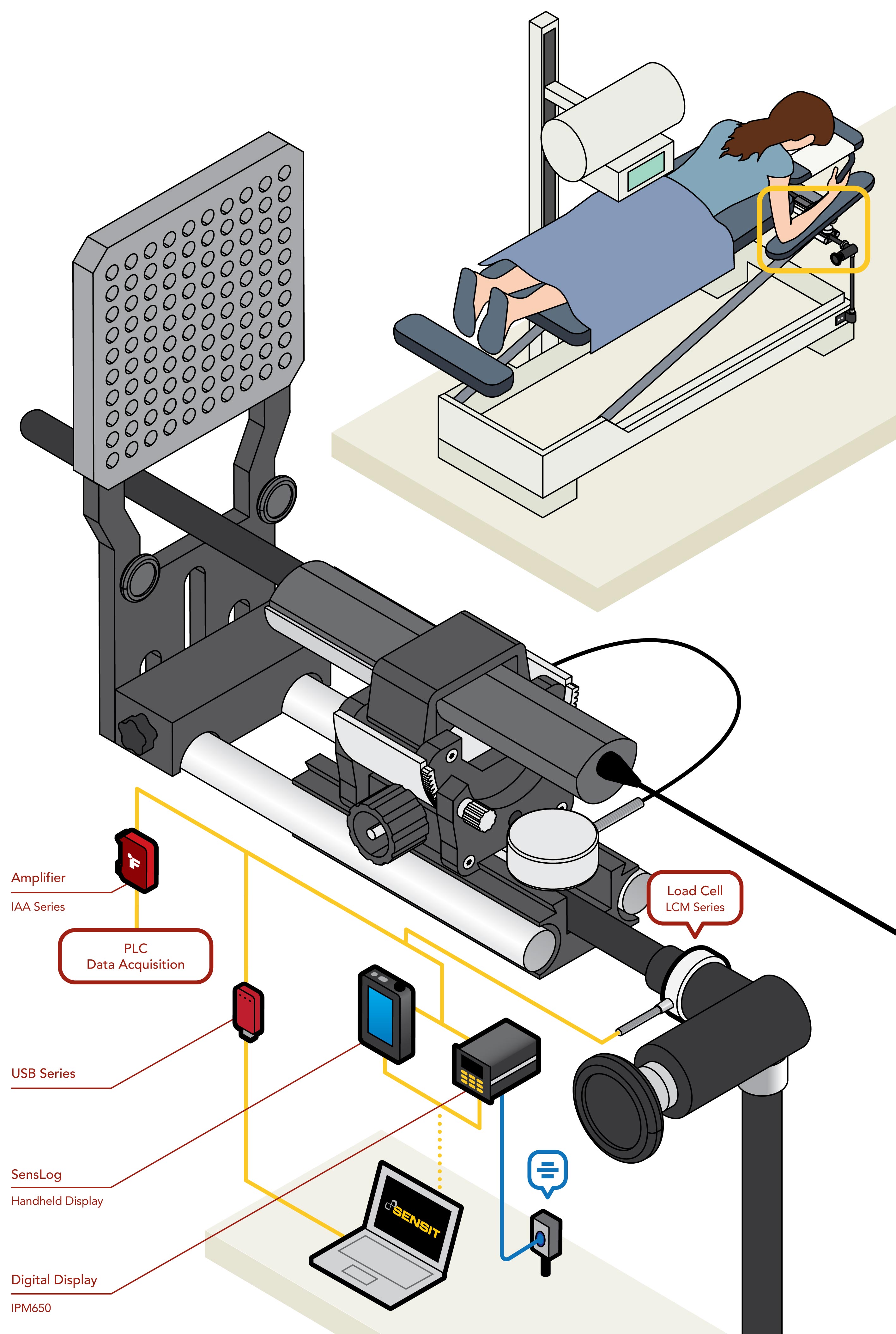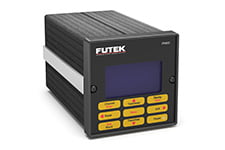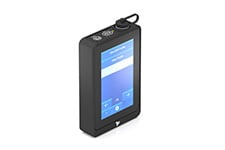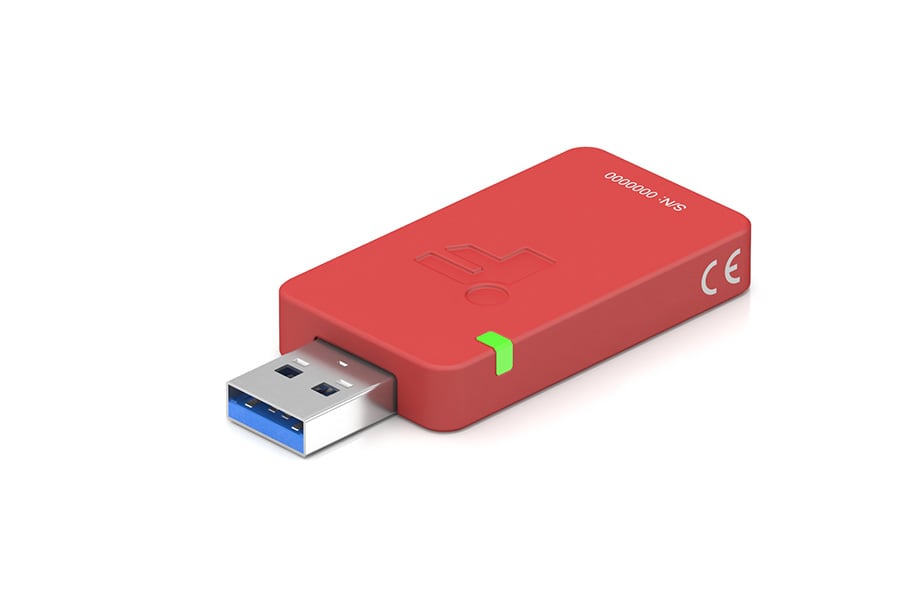Biopsies for the removal and study of suspect tissue require the simultaneous use and monitoring of real-time ultrasound, x-ray, CT, or MRI imaging while inserting and controlling the biopsy needle. Simplification and automating the biopsy process has the ability the reduce operator error and improve patient care, especially during the emotionally difficult time of cancer screening. To automate the biopsy process, a sub-miniature load cell is placed in-line with the biopsy syringe and control arm to monitor insertion forces.
How it Works
An LCM series Miniature In Line Load Cell is threaded in-line between the biopsy syringe and control arm
The output from the load cell is then amplified via the IAA series Analog Amplifier for input into the control system PLC.
The operator sets the scan location with the computer control system and selects the target for biopsy.
The system then moves and performs the biopsy while the operator watches to ensure no fault occurs.
As the biopsy needle is inserted, the load cell reports the insertion force to the PLC allowing the automated system to control entry force to neither be too gentle or too rough.
Load cell output can also be sent to the SensLog Handheld Display or IPM650 Panel Mount Display for monitoring.
Products in Use
FUTEK’s Miniature In Line Load Cell (LCM Series) coupled with instrumentation (IAA series and USB series) and SENSIT™ Test and Measurement software.
Contact Us
Please Contact Us with questions.
Biopsies for the removal and study of suspect tissue require the simultaneous use and monitoring of real-time ultrasound, x-ray, CT, or MRI imaging while inserting and controlling the biopsy needle. Simplification and automating the biopsy process has the ability the reduce operator error and improve patient care, especially during the emotionally difficult time of cancer screening. To automate the biopsy process, a sub-miniature load cell is placed in-line with the biopsy syringe and control arm to monitor insertion forces.



